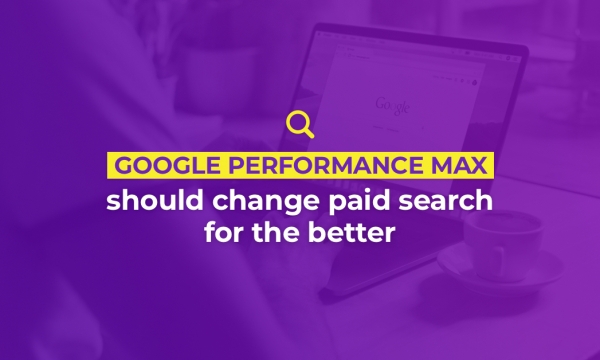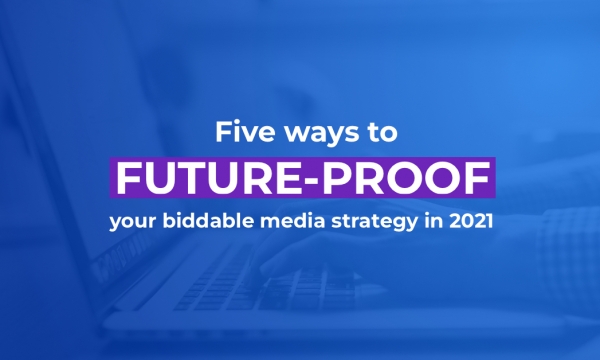The onus is on advertisers to take a much more holistic view to their paid search strategies if they are to understand, adapt to and embrace the changes that the COVID-19 pandemic has forced upon both brands and consumers.
The coronavirus pandemic and subsequent lockdowns around the world have ripped up the rule book in terms of how the general public feels, behaves and purchases. For advertisers, it creates an uncertainty and an unknown. But they need to understand those unknowns and adapt, quickly, if they are to help their companies to keep connected to their audiences.
By taking a much more pragmatic and holistic view of their paid search and biddable media strategy, it is possible for those brands to maintain that connection at a time where many are struggling to understand just how they get through this challenging period.
Use paid search data for insight into the impact of COVID-19 on your business
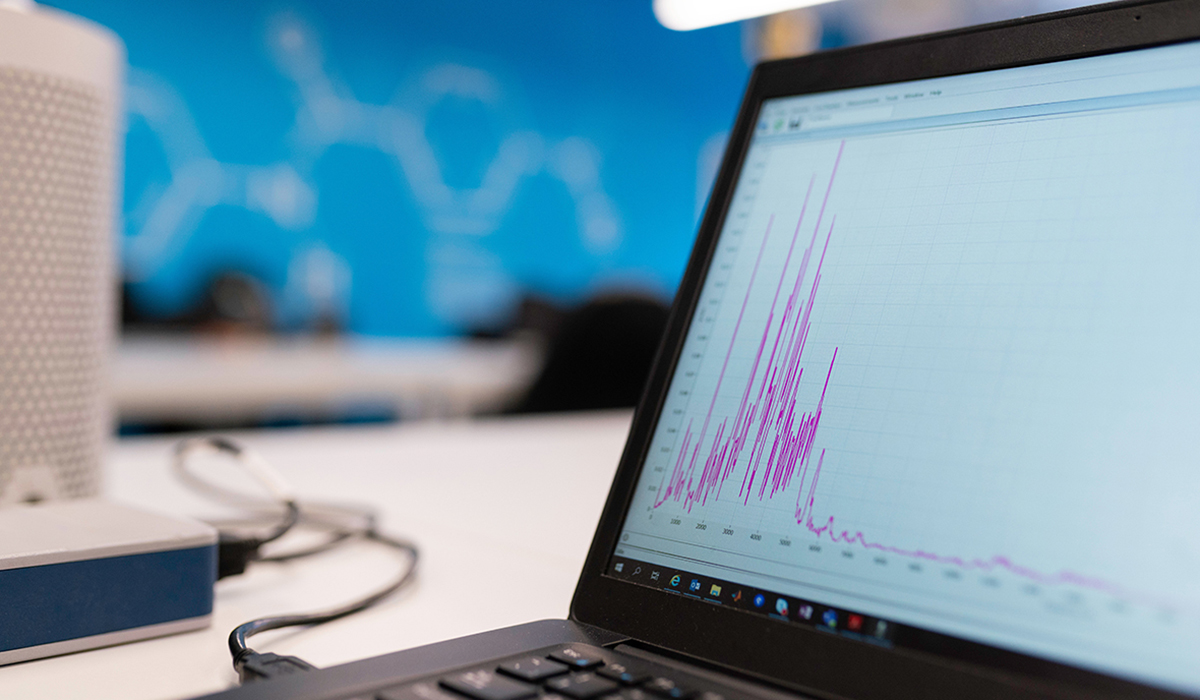
Your organisation will likely already have many data sources, views and opinions on how the current coronavirus pandemic has impacted your business and your market sector.
But Google Ads data can also provide transparent insight into the impact of the pandemic, giving a clear and granular view on the levels of consumer activity currently taking place around your brand. It therefore becomes an optimal source from which to pull insights about your business as it stands today – revealing two important factors in particular.
Firstly, you can use Google Ads data to see if there has been a change in on site behaviour and, if there has been, whether this is in relation to specific keyword terms.
By looking at factors such as engagement rates, conversion rate and basket value, you may find evidence that user intent has decreased in certain areas. You can therefore make decisions in response to that, be those content changes, ad strategy changes or promotional and trading recommendations.
Google Ads data can also evidence whether there has been a change to branded search volume and whether there is still activity in the market.
You shouldn’t simply assume that a reduction in output is simply due to a reduction in intent. It may be that users still want to buy but may not already have an affiliation with your brand. We’ve seen a knee-jerk reaction amongst many advertisers in several markets who want to rapidly pull back on budget across higher funnel channels, such as generics, only to quickly realise that this wasn’t the right decision once they take a closer look at the data. Whilst the COVID-19 pandemic has undoubtedly had an adverse impact on consumer confidence, there are still users out there looking to make purchases and discover your brand.
Generics, whether paid or organic, can be key in creating initial touchpoints with new users - and new users are absolutely vital to keep your business as healthy as it can be.
Understand the wider landscape
The COVID-19 pandemic has quickly and dramatically changed the marketing landscape. In many sectors of the economy, brands are minimising costs wherever they can and reassessing their budgets to get the business through this pandemic. Others are adapting their businesses to reflect the reality of a lockdown, developing new services and bringing those to market in a very short space of time.
It means that advertisers need to have a much more holistic view of the markets that they’re advertising in. Not only does it mean that they need to understand how audiences and competitors are behaving in this climate, but also where they can use this information to play to their strengths in those markets.
If competition has disappeared from certain search landscapes, consider whether your brand needs to be there too. This is particularly the case for terms where you may rank well organically, such as branded terms. By pausing these keywords, there may be an opportunity to drive this traffic through a relatively free organic click, saving on paid search expenditure. Similarly, there may be certain clusters that were not previously necessary to bid on, yet growth in competitive activity now may warrant your presence.
By taking that holistic approach, advertisers can make better use of their ad budget, capitalising on a reduction in competition to generate traffic through organic search and redeploying budgets to new keywords that may now be seeing increased activity in the current climate.
Read more: The One Search Approach - How to combine your organic and paid strategies for greater effect.
Don’t be afraid to change up your targeting strategy
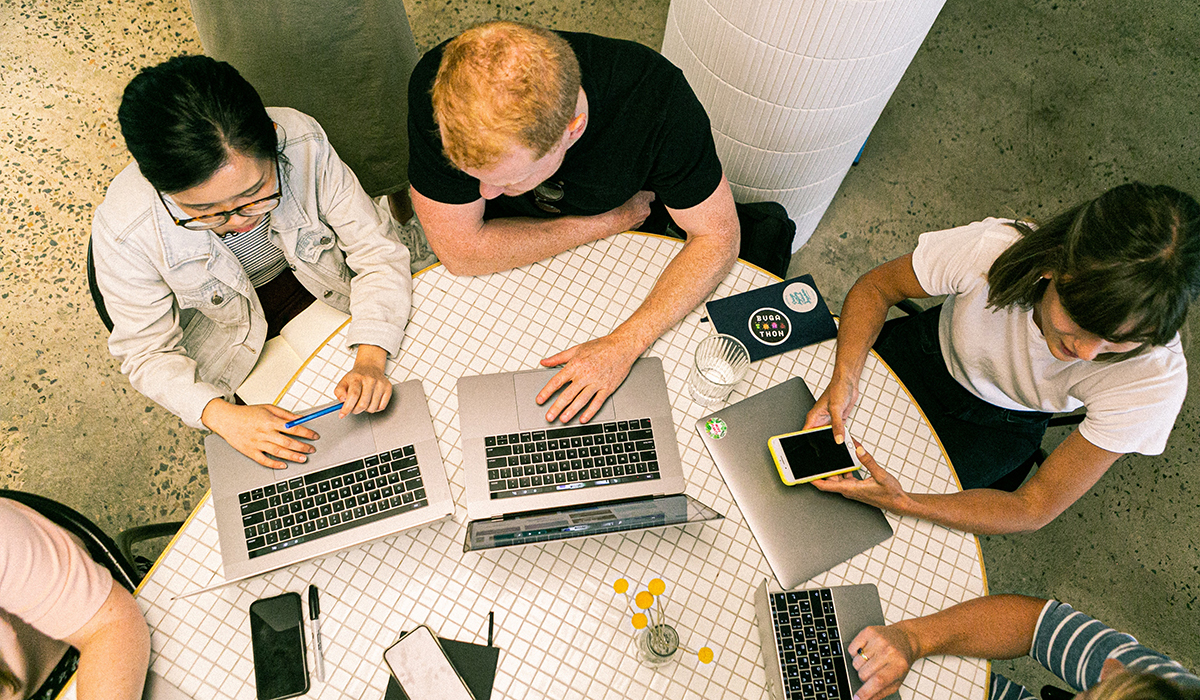
Times are different and, therefore, so is search behaviour. It may be that those old, reliable keywords are no longer the ones that deliver the best performance and that instead, you need to find new, more relevant avenues to explore.
There are a number of tools and methods at your disposal to do this.
One option is to monitor impression share metrics across your paid keyword set. You may find that there are certain keywords that historically required little budget, but now have much greater headroom in your impression share. This is an indicator of increased search volume for these terms that you may want to react to.
You can also monitor your top performing products in order to build out relevant keywords further. The current lockdown has led to huge, unseasonal swings in many keyword and product categories that advertisers need to adapt to. Reviewing your onsite search activity in Google Analytics can help with this, providing an indication of what users who come to your site are looking for.
Advertisers can also use Dynamic Search Ads. This will enable Google to target new keywords that, whilst not in your existing structure, could be extremely relevant to both your website and current search behaviours. Where we’ve implemented DSA recently, we’ve seen conversion rates up to 80% stronger than on standard campaigns.
From here, you can leverage the instantaneous nature of paid search to target these new terms immediately. Your new top converting terms should be passed to SEO leads, enabling them to develop strategies to boost organic visibility not only over the short term, but the medium and long term as well. That same data can also be passed to your content teams, who can then develop landing pages that are specifically tailored towards these new areas.
Review your targeting overlays in Google Ads
Now is also an opportunity to think carefully about how you use targeting overlays to adapt your ads based on factors such as device, time of day and location.
For many of us, the typical nine-to-five structure no longer exists, for the moment at least. Even for those who are still able to work from home, the pressures that come with juggling their home life and work life in a lockdown environment has thrown the typical daily structures and schedules into chaos. As a result, you can’t allow your ads to run based on those same, pre-lockdown routines.
Look at the data to see if and how audiences have changed how they interact with your brand. Has, for example, the lack of commuting seen desktops replace a lot of your mobile traffic? Are your top performing audiences now those that have affinities with media and news?
These are key indicators of how advertisers should be adapting not only paid search strategies, but also organic and content marketing strategies to meet the needs and expectations of the end user. Your approach needs to adapt to the devices they’re using, the places they’re searching from and the times that they’re active today – rather than how they used to behave in simpler and much more predictable times.
And think about new channels
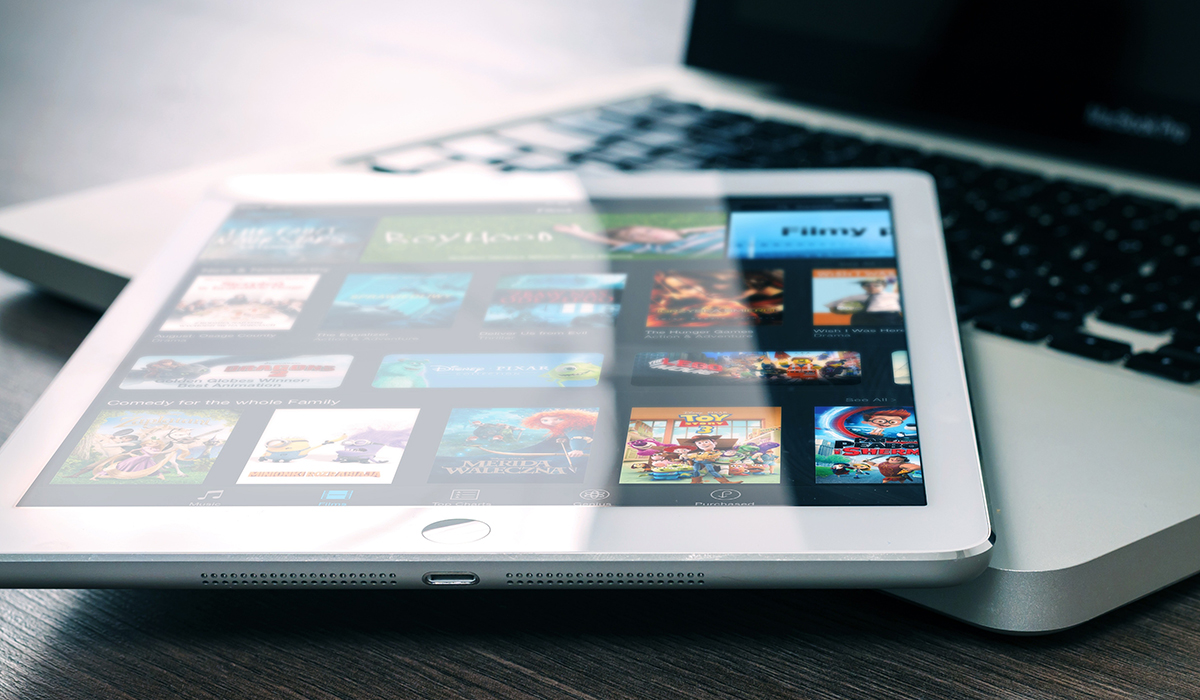
The lockdown has also changed the way in which audiences consume media. Unsurprisingly, TV viewership has increased during the pandemic. The number of people watching TV news channels has also increased, as has the number watching daytime TV. However, the number of people watching television content on a non-TV device (such as a tablet or smartphone) has dropped.
These media shifts are occurring across many different channels and platforms. Platforms such as Netflix and TikTok, for example, have boomed in this period, whilst others have found that user activity has declined.
The good news for digital advertisers is that the model of “audience-bought” advertising is growing on many of these platforms, making it much easier to buy targeted inventory to reach the audiences that have shifted from one medium to another. Sky is now providing hyper-targeted TV advertising via Sky AdSmart, whilst platforms such as Spotify are also able to offer advertisers hyper-targeted, hyper-local ad inventory.
If the COVID-19 pandemic and subsequent lockdown has prompted your target audience towards other mediums, your message needs to follow them.
Is your brand tone of voice compatible with the current climate?
Consumer confidence and sentiment is now very different. Your audiences are anxious, nervous and are likely to have much more serious considerations on their mind throughout this pandemic. It’s important that your brand communications are sympathetic to that.
Many brands are very rightly adopting a much more a personable and human approach to their communications. If that is the approach that your brand is taking, your ad copy needs to reflect that whilst, at the same time, retaining its effectiveness.
In this situation, we’d recommend leveraging responsive search ads, which allow you to input several different headlines and descriptions and allow Google to choose the best one. From here, dig into the key phases that users are engaging with and identify the language that can be utilised in the future - not only in ad copy, but across meta descriptions or on-site content.
Review your paths to conversion
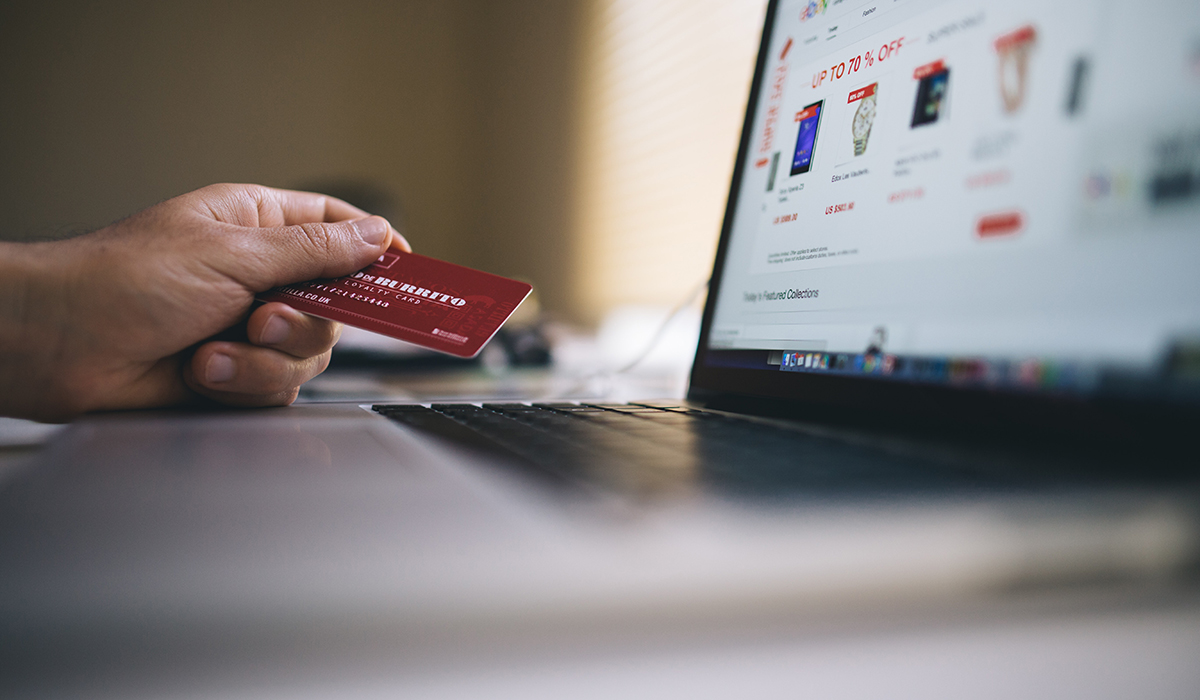
You may be in an industry where users have more time to browse products and as a result, are taking more steps across varying channels before they commit to a purchase.
What this allows you to do is develop an understanding of the dialogue that the brand needs to have with your audiences at each respective touchpoint, as well as the contribution that each touchpoint makes to the overall journey.
The latter is particularly important, especially in an environment where the CFO may well be casting a keener eye than usual over marketing spend, because it ensures that you don’t simply pull back on areas that don’t seem to be delivering a last click return. Now more than ever, you can ill-afford to cut off a vital step in the customer journey that could lead to a conversion at a later stage.
Don’t forget Google Shopping
For retailers, Google Shopping also offers opportunities to engage consumers – particularly those with a strong purchasing intent. Consumers now have more time on their hands to browse products and that makes it more important than ever to ensure your feed is well optimised.
We estimate that your product titles account for around 80% of signals when Google looks match your products to a user’s search term. So, make sure your titles contain phrases relating to on trend searches and describe your product as well as they possibly can.
This will benefit both paid search and organic, as Google may now rank products organically within the SERP. What’s more, Google has just announced that it will be rolling out free shopping listings within Google Shopping – so you want to ensure you’re best placed to take this inventory.


